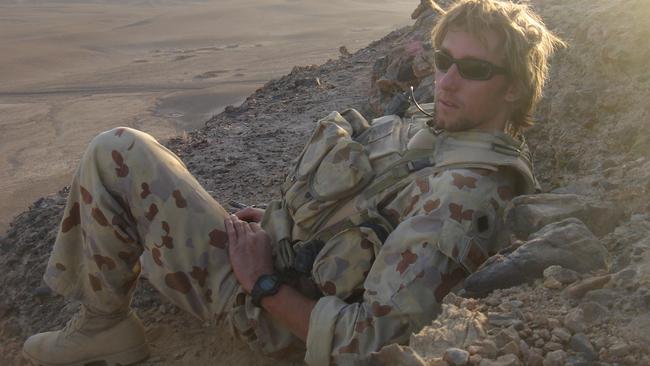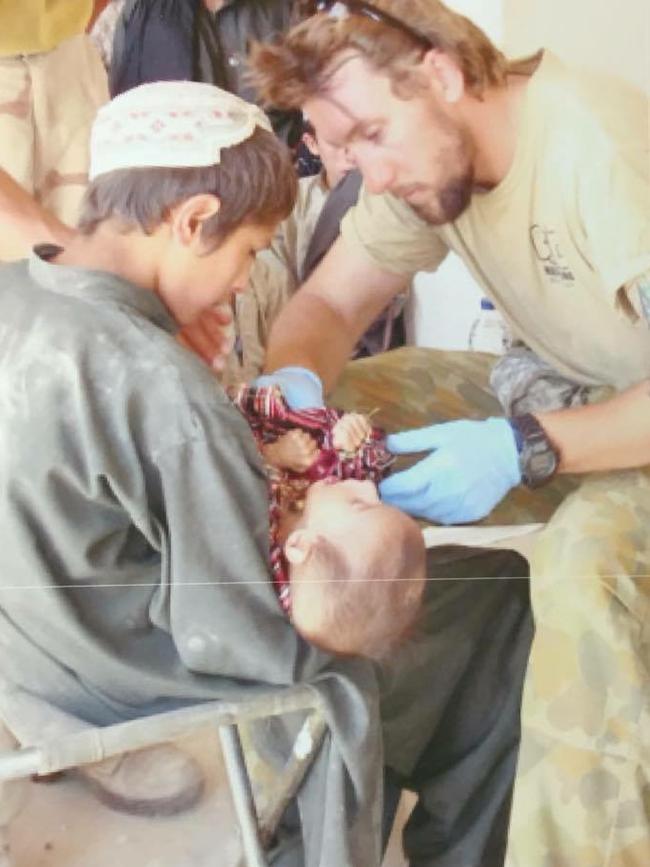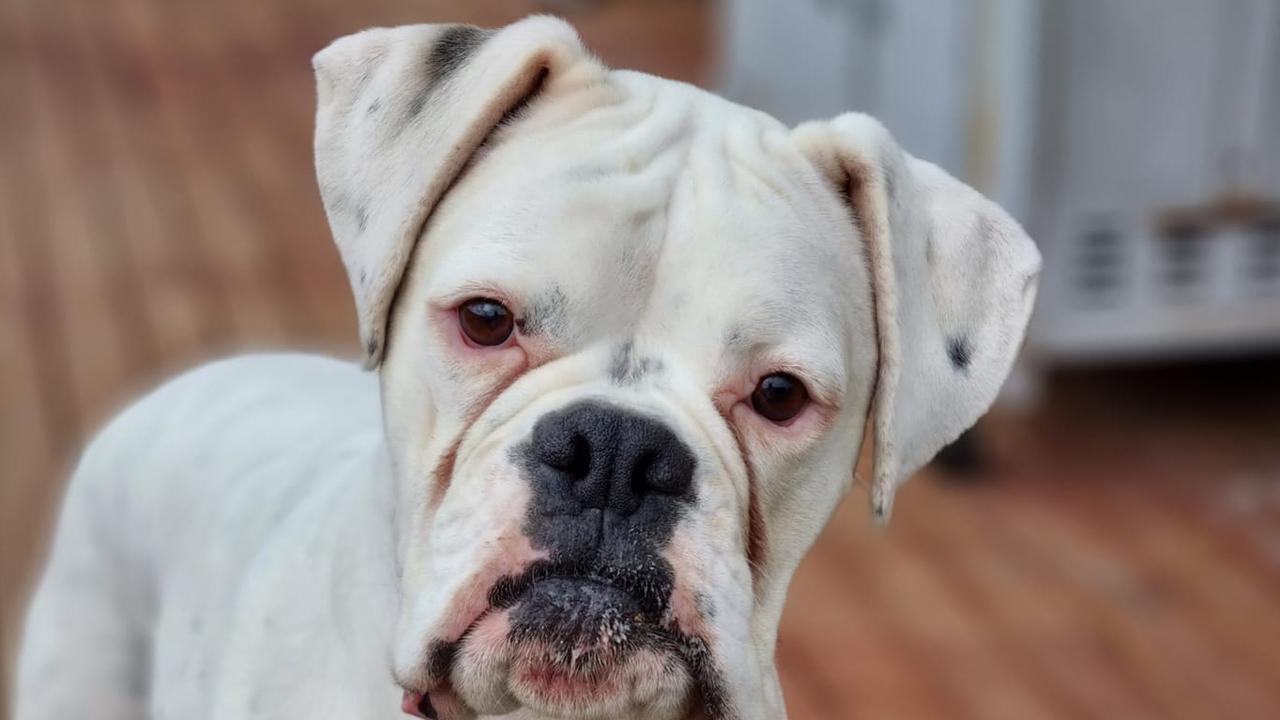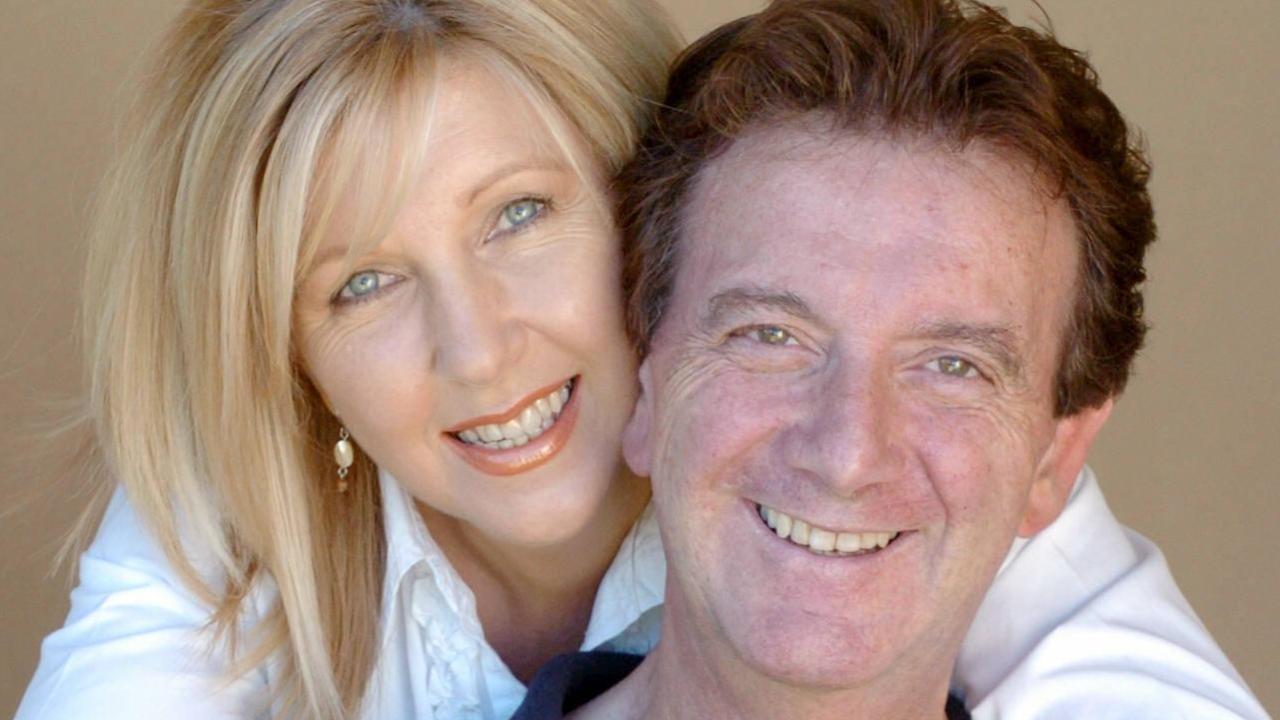Mount Everest comes sixth for Whyalla’s Terry Ledgard
Whyalla oil rigger and Afghanistan veteran Terry Ledgard is no stranger to danger but even he admits the paperwork for his next journey included some grim details.

SA Weekend
Don't miss out on the headlines from SA Weekend. Followed categories will be added to My News.
You know you are in for at least an element of danger, when one of the forms you need to fill out before heading overseas is titled “Mortal Remains/Repatriation Form”.
The words under the heading don’t give much more comfort.
“Mountaineering is inherently dangerous and serious injury and death is a possibility that you acknowledge you are aware of,” it starts.
“It is important to consider and discuss these realities with your loved ones and alert us to your wishes ahead of time, so that in the event of your passing we can take appropriate steps to respect your wishes.”
Not that it fazes Terry Ledgard too much.
Ledgard is not exactly a stranger to danger.
An Australian SAS medic who saw all sorts of action in Afghanistan, worked his way through post-traumatic stress disorder, and is about to embark on the sixth leg of his quest to climb the Seven Summits, the highest mountain on each of the traditional continents.
Next week, the 40-year-old Ledgard leaves his Whyalla home to climb Mt Everest. The big one.
Or as Ledgard refers to it: “The Hill”.

He expects to be away for two months.
And while he expects to come home again, he still had to fill out that form in case the mountain claims him as another victim.
More than 330 people are believed to have died in attempting to reach the summit of the world’s highest mountain, including 17 in 2023.
Ledgard acknowledges it was a “pretty macabre topic” to confront.
The “Mortal Remains/Repatriation Form” has a section which calls for “additional comments”, which appears to be a polite way of asking “what do you want done with your corpse in the unfortunate event you snuff it?”
Ledgard admits he had a bet each way on the question.
“It doesn’t quite feel right to have my remains sitting in a foreign country, my family and friends won’t be able to, you know, visit or anything like that,” he says.
But on the other hand?
“I don’t want to put anyone in danger to try and recover my frozen body. What’s the point? You know what I mean?”
Ledgard’s compromise was that if the worst happens he would like his remains sent home to Whyalla, except if he expires in an inaccessible spot where any recovery would be dangerous.
Then his body can be left in place.
“The other climbers can use it as a way marker on the way up,” he says in his typically dry manner.

The original plan was to climb Everest a few years back, but Covid interfered. Then there were a couple of other setbacks. Ledgard and his long-time climbing partner Brad Watts had just come back from climbing Antarctica’s Mt Vinson (4892m) in absolutely brutal conditions when they returned to the new Covid world and were placed in isolation.
Terrible weather and a wind chill of -50C had given Ledgard frostbite in several fingers, which meant he had to take a year off from climbing, though luckily he would keep all his digits.
Vinson was the fifth climb.
By then the duo had completed Australia’s relatively gentle Mt Kosciuszko (2228m), Mt Elbrus in Russia (5642m), Mt Kilimanjaro in Tanzania (5895m) and Aconcagua in Argentina (6961m).
The original plan was to next take on Denali in Alaska, the 6194m summit previously known as Mt McKinley, another mountain with a long history of death.
Then finish with Everest, the biggest of them all, standing at 8848m.
But a couple of months before Denali, injury struck. A highly embarrassing injury, according to Ledgard.
He did a hamstring.
“It’s the most pathetic one you’ve ever heard,” he says.
He was actually sitting down, doing some strength work in the gym when it happened.
He reckons he managed to sit in such a way as to cut off the blood flow to his legs and that caused the injury when he moved.
He recovered from that, but two days before heading to Denali he rolled an ankle while on a training run.
And that was that. But it did have a bright side.

The group he was supposed to be climbing with were hit by bad weather and never made it to the top.
“So as it turns out, I was actually in the best position of all of them because I could get my money back through travel insurance,” he says.
Now Denali will be the last of the seven, although there is also a plan for an eighth.
In mountaineering circles there is some controversy over whether Mt Kosciuszko or Indonesia’s Carstensz Pyramid/Puncak Jaya (4884m), on the island of New Guinea, should represent the Australasian continent.
But even training for Everest has had its setbacks.
His father – who was the primary carer for Ledgard’s mum who was wheelchair-bound after suffering a stroke – had a heart attack and needed a triple bypass.
Then, on Ledgard’s first day of training for Everest, he had his own medical complication. And this time, nothing as simple as a hammy or a dodgy ankle.
“I was just doing a nice slow jog around the oval and believe it or not, my balls just started aching. And I am going, ‘what the hell’s going on here?’,” he says.
The pain only worsened and a couple of hours later, “I find myself in the hospital getting emergency surgery on my right nut”.
The non-medical terminology, according to Ledgard is “twisted balls”. Surgery was needed to prevent amputation.
And the recovery?
“Two weeks of just laying on the couch with an ice pack under my plums.”
The flat landscapes around Whyalla don’t suggest themselves as ideal preparation for Everest.
The largest eminence in these parts is Mt Laura, standing at 152m.
You would need 58 Mt Lauras to make one Everest. Although there are also the occasional trips to hike in the nearby Flinders Ranges.
But that is not the only difficulty in coming up with a suitable training regimen.
Ledgard is a FIFO worker on an oil rig off the northwest coast of Western Australia.
He works 12-hour shifts as a safety officer, so he will wake up at 2.45am, put on a 30kg pack and spend an hour walking up and down the stairs on the oil rig.
Then he will do another hour after work.
It must be the discipline learned in his army days.

The Coober Pedy-born Ledgard joined the army when he was 18 and worked his way to become a medic in the SAS, and saw everything the war in Afghanistan had to offer.
He has previously described it as “the most satisfying time of my life. The most rewarding job I ever had. Adventure, mateship, living Anzac values as well as helping people”.
Ledgard wrote a book about his experiences in Afghanistan and his subsequent struggle with PTSD, called Bad Medicine.
It is a brutally honest, funny and tragic account of a knockabout kid trying his best to live up to the Anzac tradition.

For Ledgard, the PTSD meant too much drinking, becoming isolated from his friends, not enjoying life, ending a relationship and cringing at explosions in movies.
It took him a while to realise he may be suffering from PTSD.
But he did seek help and part of the recovery was the plan with Brad Watts, also a former SAS medic, to climb the seven summits.
“I look back on PTSD, now, it was a rough about two year period (until) I really got past it and moved on,” he says.
But the ever-optimistic Ledgard sees only the silver linings in his experience.
“It’s one of life’s unique opportunities to take stock of who you are, really examine yourself, you know, plumb the depths, and then figure out who you want to be in the kind of life you want to live,” he says.
“I can’t think of too many other of life’s experiences like that, that force you to make that really close examination. I feel like I’m back on track, back to … living the life that I want to.”
Everest is the next challenge.
The two month mission will cost more than $160,000, but Ledgard will be somewhere on “The Hill” on Anzac Day. “I’ll be having the highest Dawn Service in the world for 2024,” he says.
Ledgard reckons he has learned a few things from his previous expeditions.
One being to listen to your guides who have a lot more experience.
And there are others.
“When you’re coming down from the summit especially, the level of fatigue is just off the charts, I can almost imagine what it’s like, it’s going to be a level of fatigue that I’ve never felt before in my life,” he says.
“The key thing there is don’t stop. Don’t stop to rest, because as soon as you stop, you’re going to get yourself in trouble, you’re not going to want to get back up.”
But what would Everest be if there wasn’t some danger?
“It wouldn’t be the same if you didn’t have to confront some of that mortal risk,” Ledgard says.
“If you didn’t have it, you could just climb the stairs in a skyscraper for the equivalent amount of steps, you know what I mean? It wouldn’t have the same ring to it.”





